Canada: Exceptionally Designed And Functioning Silver Proof Coin Replicates The Sundial – A RCM First.
The Royal Canadian Mint release their first-ever timepiece replicating an actual sundial.
One of humanity’s oldest known timekeeping devices, they can still function just as well today as in ancient times. This horological device - one which measures time, was relied on to tell the time of day only when direct sunlight shines and by the apparent position of the Sun in the sky. Its function which had no moving parts was quite simple, as the Sun appears to move through the sky, the shadow aligns with different hour-lines, which are marked on the dial to indicate the time of day. The earliest sundials known from archaeological finds are recorded as shadow clocks around 1500 BC from ancient Egyptian and Babylonian astronomy. It is likely that humans were telling time from similar shadow methods at an even earlier date. In the narrowest sense of the word, a sundial consists of a flat plate or dial with hour indications and a gnomon, the raised object on the face of the plate resulting in a shadow which serves to indicate the hour of the day during sunlight.
A sundial is capable of marking the passage of time within a few minutes of a watch if designed with precision and position, taking into account the observer’s geographic location and the time of year. Unfortunately, synchronising time with other sundials has two problems such as adjusting for the sun's irregular movement, and adjusting for the sundial's locations, especially when they are distant. One of the oldest sundials in Canada is located across the street from the Royal Canadian Mint’s Ottawa facility, at the corner of Bruyère Street and Sussex Drive, where a matching pair of vertical sundials built in 1851 served as Ottawa’s first public timepieces. In today’s modern times, sundials are merely an eye-catching garden adornment and reminder of a time when we all lived our lives less-reliant on keeping track of every minute of the day. This sundial is appropriate for mid-northern latitudes. To use your coin as a sundial, place it on a flat surface in direct sunlight and with the gnomon pointing north. Take note of where the shadow’s outer edge lines up, and that should indicate the approximate local solar time. As with any sundial, some additional adjustments may be required due to longitude and the time of year.
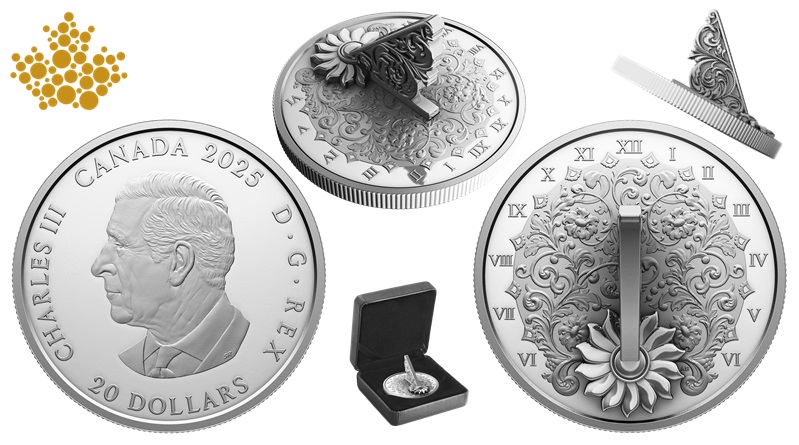
Designed by Anna Bucciarelli, the coin is both an elaborate and functional showcase of craftsmanship. A working sundial embellished with a rhodium‑plated brass gnomon that, when placed in view of the sun and in the direction of a true northerly position, casts an angled shadow onto the elaborately engraved pure silver base to indicate local solar time. Serving as the base, the reverse is ornamented with acanthus leaves and edged with Roman numerals indicating the hours from 6 a.m. to 6 p.m. At the lower edge and under the gnomon is a stylised sunflower, a helio-tropic and a beloved symbol of the sun. The obverse side features the effigy of HM King Charles III created by Canadian artist Steven Rosati. The legend CHARLES III CANADA 2025 and D · G · REX is placed alongside and above the king’s likeness and the denomination 20 DOLLARS is placed below along the lower rim.
| Denomination | Metal | Weight | Diameter | Quality | Mintage Limit |
| 20 Dollars | 99.99 Silver | 31.3 g. | 38 mm. | Proof | 5,000 |
Available from the 29th October, the coin is specially encapsulated to accommodate its height and presented in a custom crafted case accompanied with a numbered certificate of authenticity. For additional information, please visit the Royal Canadian Mint’s e-webshop.

Download the Greysheet app for access to pricing, news, events and your subscriptions.
Subscribe Now.
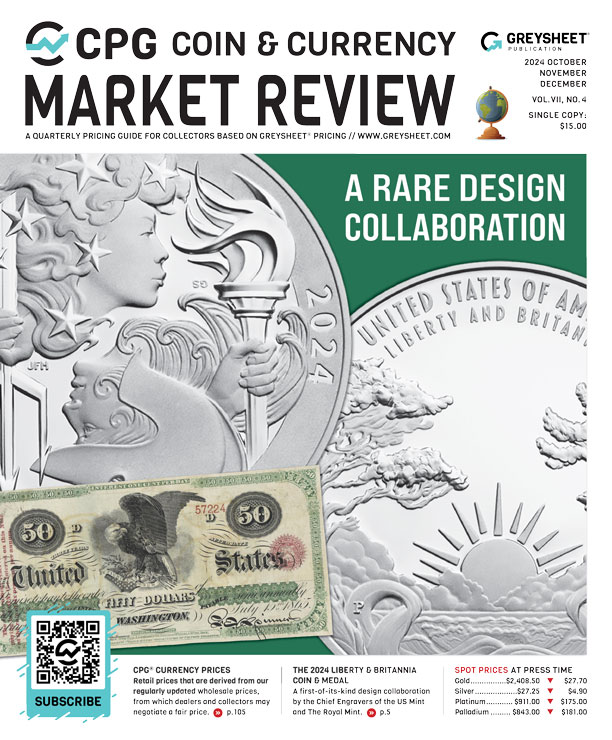
Subscribe to CPG® Coin & Currency Market Review for the industry's most respected pricing and to read more articles just like this.
Author: Michael Alexander


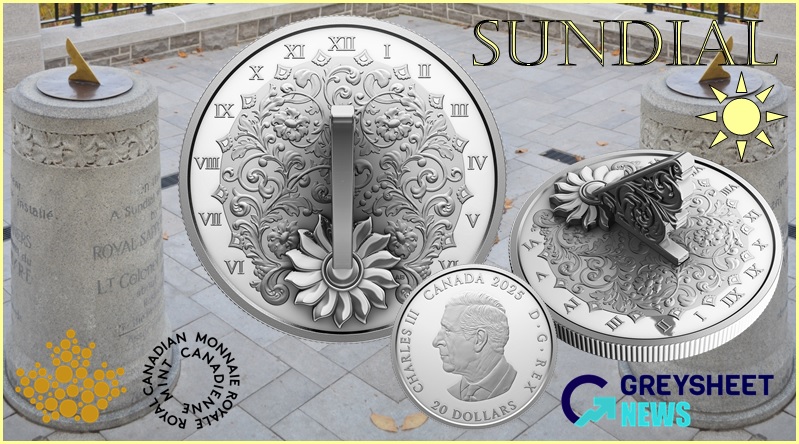






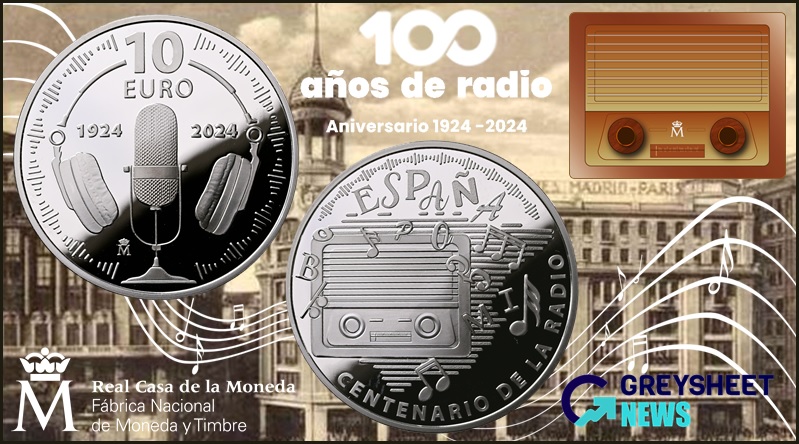
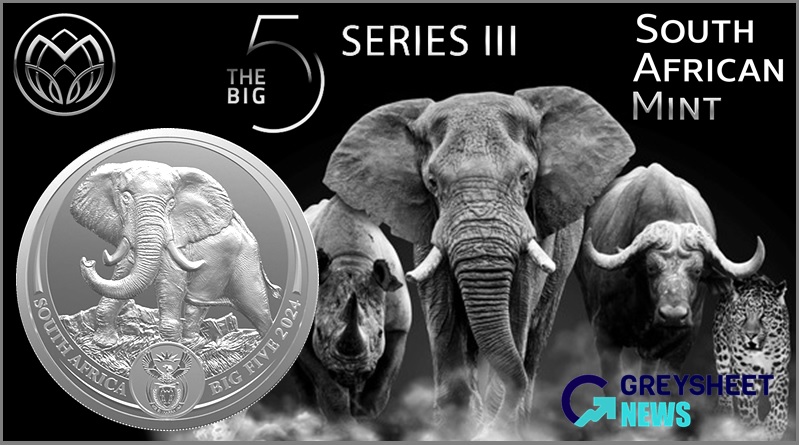

Please sign in or register to leave a comment.
Your identity will be restricted to first name/last initial, or a user ID you create.
Comment
Comments